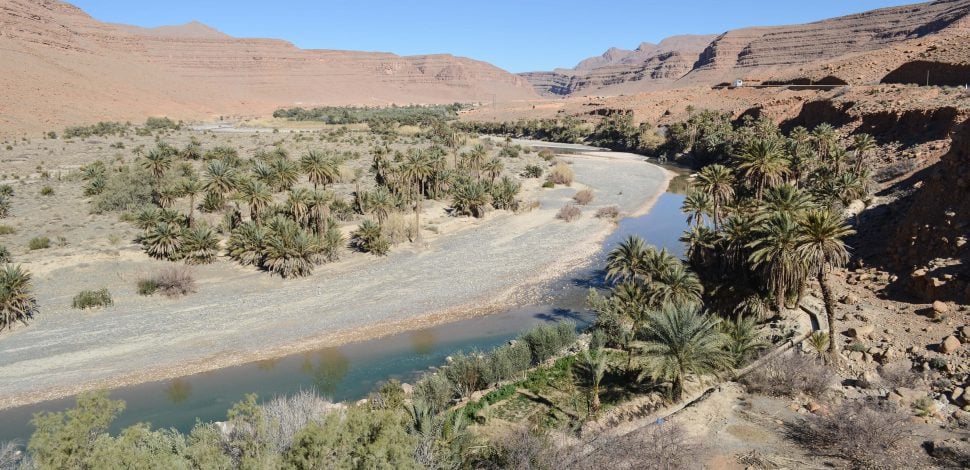
Table 1: Morocco’s transboundary groundwater aquifers. Sources: AGW-Net and International Groundwater Resources Assessment Centre.
| Name | Countries sharing the aquifer | Population | Area (km2) |
| Tindouf | Algeria/Mauritania/Morocco | 107,000 | 160,000-221,019 |
| Errachidia | Algeria/Morocco | 156,300 | 18,500 |
| Figuig | Algeria/Morocco | 32,300 | 1,500-1,546 |
| Chott Tigri-Lahouita | Algeria/Morocco | 26,800 | 3,560-4,700 |
| Ain Beni Mathar | Algeria/Morocco | 23,100 | 18,315-20,000 |
| Angad | Algeria/Morocco | 25,600 | 3,500-4,677 |
| Jbel el-Hamra | Algeria/Morocco | 40,100 | 561-1,250 |
| Triffa | Algeria/Morocco | 920,000 | 13,100 |
| Errachidia | Algeria/Morocco | 20,721 |
Morocco also shares with Algeria the Bounaim-Tafna basin, which is located in the north-east of Morocco and the north-west of Algeria and covers 2,650 km² (approximately 70% of which is in Morocco). It is formed by two aquifers (confined and unconfined), which represent a major asset in a region that has suffered economically and socially from the ongoing conflict between Morocco and Algeria over the Western Sahara. The basin’s water is used mainly for agriculture (80%), which delivers few economic returns. Water abstraction is uncontrolled and the resource is overexploited.[1] The unconfined aquifer is heavily polluted by nitrate, and in some places untreated groundwater is used for drinking, risking adverse health impacts, especially to children (Map 1).

[1] Zarhloule Y, Boughriba M, Barkaoui A and Chanigui M, 2010. ‘Water as parameter of cooperation between Morocco and Algeria: the case of Angad-Maghnia transboundary stressed aquifers of Bounaim-Tafna basin’. SIAGUA.
